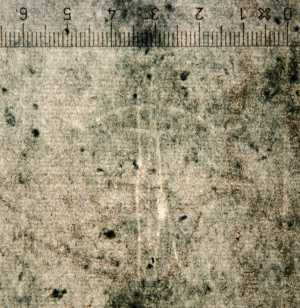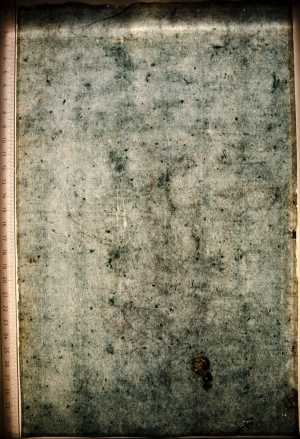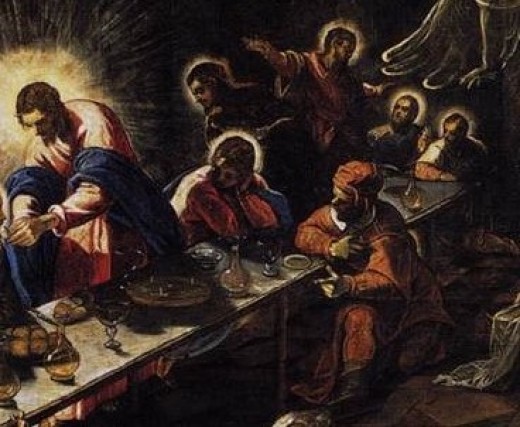Specifications
| Title | Study for Judas |
|---|---|
| Material and technique | Black chalk, squared, on blue paper |
| Object type |
Drawing
> Two-dimensional object
> Art object
|
| Location | This object is in storage |
| Dimensions |
Height 315 mm Width 200 mm |
|---|---|
| Artists |
Draughtsman:
Jacopo Tintoretto (Jacopo Comin, Jacopo Robusti)
|
| Accession number | I 75 recto (PK) |
| Credits | Loan Stichting Museum Boijmans Van Beuningen (former Koenigs collection), 1940 |
| Department | Drawings & Prints |
| Acquisition date | 1940 |
| Creation date | in circa 1592-1594 |
| Watermark | Crossbow (44 x 36 mm, upside down, below centre, right, on P5 of 7P, vH, folio leaf), similar to Briquet 731 and 733 (but without countermark, resp. Reggio Emilia 1592 and 1595) and to Piccard Online AT3800-PO-123788 and 123789 (but without countermark, Arco 1591 and 1593). The same type of Crossbow watermark is found in a drawing by Domenico Tintoretto, MBVB, inv. I 405), and in a drawing by Alessandro Maganza in the Fondation Custodia, Paris (inv. 4191, Byam Shaw 1983, vol. I, nr. 257, vol. 2, p. 131, ill.). [see image] |
| Inscriptions | 'tintoretto’ (below, right of centre, pen and brown ink); ‘11’ (verso, below left, pencil), ‘12’ (verso, below right, pencil) |
| Collector | Collector / Franz Koenigs |
| Mark | F.W. Koenigs (L.1023a) |
| Provenance | Francesco II d'Adda, conte di Sale, Milan (-1641), album of drawings from c. 1630-40, Elenco no. 12; - ; Franz W. Koenigs (1881-1941, L.1023a), Haarlem, acquired in 1926; D.G. van Beuningen (1877-1955), Rotterdam, acquired with the Koenigs Collection in 1940 and donated to Stichting Museum Boijmans Van Beuningen |
| Exhibitions | none |
| Research |
Show research Italian Drawings 1400-1600 |
| Literature | Tietze/Tietze-Conrat 1944, no. 1656, pl. 113; Rossi 1975, p. 53, fig. 196, 197 (recto and verso mixed up); Pallucchini/Rossi 1982, p. 234, under no. 467; Rearick 2001, pp. 173, 204, 229 (Domenico); Marciari 2018, pp. 138, 141 n. 59, p. 171 (Domenico); Koshikawa 2019, pp. 138-139, 141, fig. 12 (Domenico) |
| Material | |
| Object | |
| Technique |
Squared
> Squaring
> Drawing technique
> Technique
> Material and technique
Squared
> Squaring
> Drawing technique
> Technique
> Material and technique
|
| Geographical origin | Italy > Southern Europe > Europe |
| Place of manufacture | Venice > Veneto region > Italy > Southern Europe > Europe |
Do you have corrections or additional information about this work? Please, send us a message



























